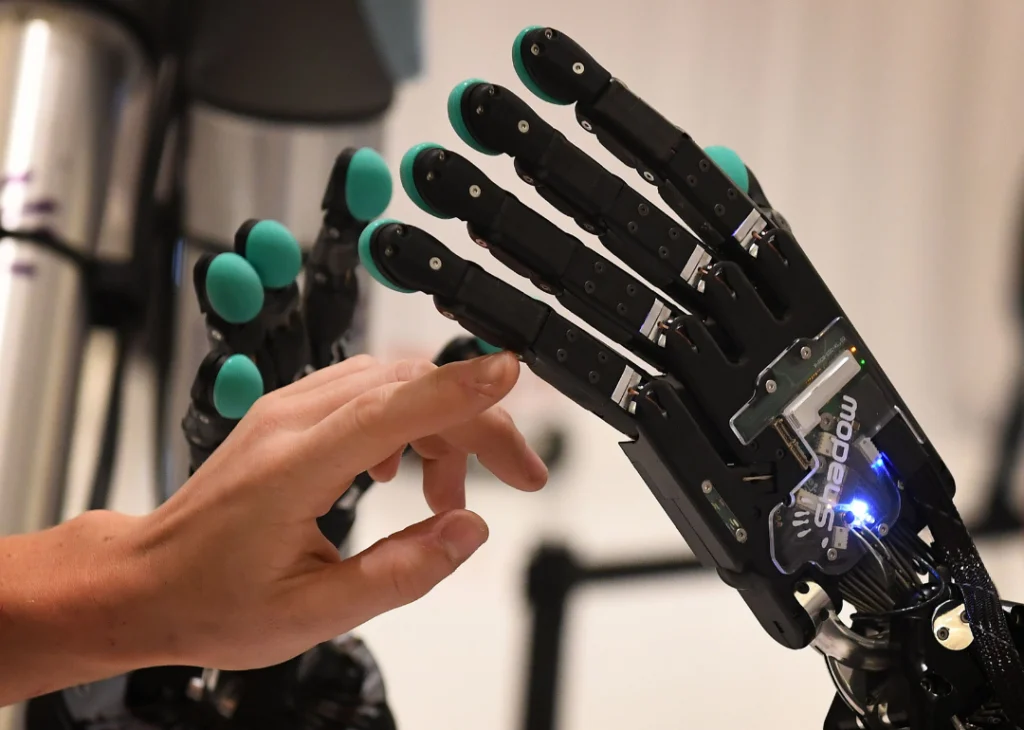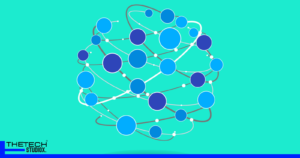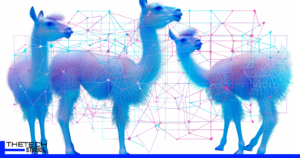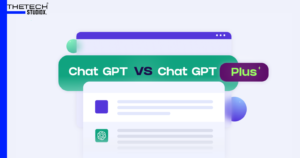Table of Contents
Introduction to Advances in Artificial Intelligence
In recent years, advances in artificial intelligence (AI) have ignited emotional debates within the software industry, particularly concerning the potential replacement of programmers by AI. One prominent example of AI advancement is ChatGPT, a groundbreaking language model developed by OpenAI. While the concept of AI-driven automation raises concerns about job displacement, it’s essential to examine the nuances of this discussion.
Understanding ChatGPT
What is ChatGPT?
ChatGPT stands for Chat Generative Pre-training Transformer. It represents a groundbreaking advancement in artificial intelligence, specifically within natural language processing (NLP). Developed by OpenAI, ChatGPT is a sophisticated language model that has been trained on vast amounts of text data, allowing it to generate human-like responses to a wide range of prompts and queries.
At its core, ChatGPT functions as a conversational agent, capable of engaging in dialogue with users in a manner that closely resembles human interaction. Unlike traditional chatbots, which often rely on predefined scripts or rule-based systems, ChatGPT leverages deep learning techniques to generate responses dynamically based on the context of the conversation.
Capabilities of ChatGPT
1. Natural Language Understanding
ChatGPT possesses a remarkable ability to understand and interpret natural language input. It can comprehend the nuances of human speech, including colloquialisms, slang, and context-dependent meanings, allowing for fluid and intuitive interactions with users.
2. Contextual Response Generation
One of ChatGPT’s most impressive capabilities is its aptitude for generating contextually relevant responses. By analyzing the preceding dialogue and considering the broader context of the conversation, ChatGPT can produce responses that are not only grammatically correct but also semantically coherent and contextually appropriate.
3. Conversational Flow
ChatGPT excels at maintaining the flow of conversation, seamlessly transitioning between topics and responding to user queries in a natural and engaging manner. Its ability to understand conversational context enables it to participate in extended dialogues, mimicking the conversational fluidity characteristic of human interaction.
4. Multimodal Integration
In addition to text-based communication, ChatGPT can integrate with other modalities such as images, videos, and audio inputs. This multimodal capability enables richer and more immersive interactions, allowing users to communicate with ChatGPT using a variety of media formats.
5. Personalization
ChatGPT can be customized and fine-tuned to adapt to specific use cases or user preferences. Through training on domain-specific data or fine-tuning with user feedback, ChatGPT can tailor its responses to better align with the needs and preferences of individual users or organizations.
6. Continuous Learning
As an AI model, ChatGPT has the ability to learn and improve over time through exposure to new data and experiences. By continually updating its training data and refining its algorithms, ChatGPT can evolve and adapt to changing linguistic patterns and user preferences, ensuring that it remains relevant and effective in diverse contexts.
Why ChatGPT Won’t Replace Programmers

1. Problem-Solving and Creativity
Programmers are problem solvers at their core. They possess a unique blend of analytical thinking and creativity that allows them to navigate intricate coding challenges. Unlike ChatGPT, which relies on predefined patterns and data, programmers can approach problems from multiple angles, devising innovative solutions that push the boundaries of software development.
2. Adapting to Change
The tech landscape is constantly evolving, with new languages, frameworks, and methodologies emerging regularly. Programmers excel at embracing change, quickly adapting to new technologies by assimilating official documentation and leveraging their deep understanding of programming principles. In contrast, ChatGPT’s knowledge is static and requires retraining to incorporate updates, limiting its ability to keep pace with the dynamic nature of the industry.
3. Collaboration and Communication
Successful software projects often involve collaboration among teams of programmers, each contributing their expertise to solve complex problems. Programmers engage in active communication, exchanging ideas, sharing insights, and collectively brainstorming solutions. ChatGPT, while proficient in generating human-like responses, lacks the ability to engage in meaningful collaboration or communicate nuanced concepts effectively.
4. Critical Thinking
Critical thinking is a cornerstone of effective problem-solving in software development. Programmers possess the capacity to analyze, evaluate, and synthesize information, enabling them to make informed decisions and anticipate potential pitfalls. ChatGPT, on the other hand, relies on pattern matching and lacks the depth of understanding required to engage in critical reasoning, making it ill-suited for tackling complex programming challenges.
5. Debugging and Troubleshooting
Debugging and troubleshooting are integral parts of the software development process, requiring a keen eye for detail and a systematic approach to problem-solving. Programmers leverage their experience and expertise to identify and rectify issues within codebases, ensuring software functionality and stability. While ChatGPT can provide general guidance, it lacks the hands-on experience and domain-specific knowledge necessary for effective debugging and troubleshooting.
6. Embracing New Technologies
The rapid pace of technological innovation necessitates constant learning and adaptation within the software industry. Programmers are adept at embracing new technologies, leveraging their foundational knowledge to explore and implement cutting-edge solutions. ChatGPT, while capable of generating responses based on existing data, cannot innovate or explore new frontiers without human intervention, limiting its utility in driving technological advancements.
Conclusion
While ChatGPT represents a significant advancement in AI technology, it cannot replace programmers. The invaluable skills and expertise of human programmers, including problem-solving, critical thinking, and adaptability, remain indispensable in software development.
Also Read: How Generative AI is Changing Teaching
FAQs
Can ChatGPT entirely replace human programmers?
No, ChatGPT lacks the problem-solving abilities, adaptability, and critical thinking skills essential for software development.
What are the limitations of ChatGPT in the programming domain?
ChatGPT’s limitations include its static knowledge base, inability to engage in collaborative problem-solving, and lack of critical thinking capabilities.
Will AI technologies like ChatGPT impact the future of software engineering?
Yes, the partnership between AI and human programmers will enhance software engineering efficiency, but human expertise will remain paramount.
How can programmers prepare for the integration of AI technologies like ChatGPT?
Programmers should focus on honing their unique skills, embracing new technologies, and leveraging AI tools to streamline routine tasks.





I don’t think the title of your article matches the content lol. Just kidding, mainly because I had some doubts after reading the article.